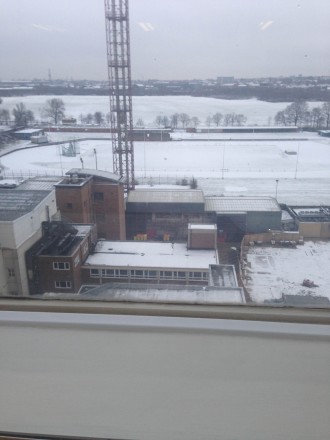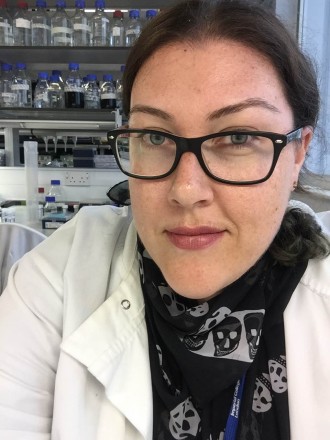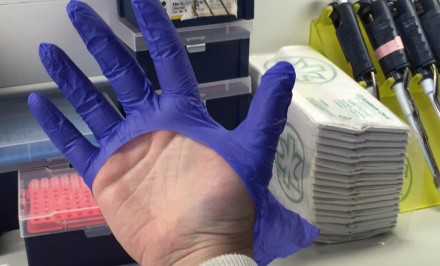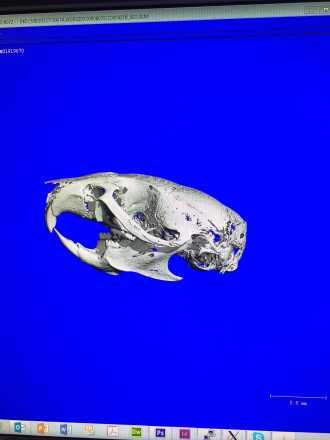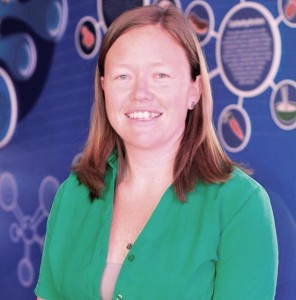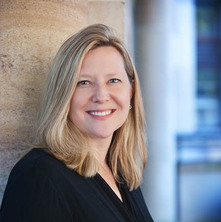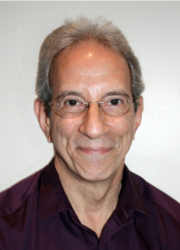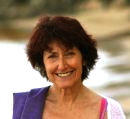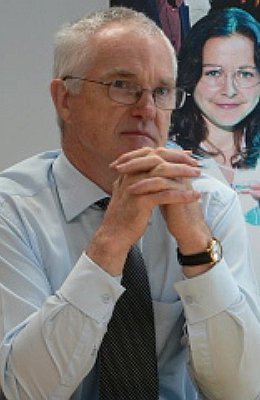It’s been two years and four months since I first took up the post as Editor of the ASC newsletter, Scope. A lot of things have happened in that time… Ebola outbreaks, Royal births, water on Mars and Australia on its fourth Prime Minister for the period. Closer to home, the previous 28 months have seen my world turn upside down too (or up the right way, depending on how you look at it)!
In June 2013 I was working as a Communications Officer for CRC CARE in Adelaide – a Cooperative Research Centre focusing on the measurement, prevention and remediation of environmental contamination. I had some spare time on my hands and had decided to get involved in some community activities, so when the chance to step in as Scope Editor came up I thought I would give it a go.
The Editor role is a great one. You get to work with ASC members all over the country (and occasionally the world). You also work with the ASC communications team which is a committed bunch of people – all very good at what they do. Of course, as with any role, there is some hard bits too! A lot of chasing for content and deadlines… but for the most part the job is certainly a good one.
But, as is often the case when things are tonking along nicely, I had a proverbial spanner thrown in the works. Although to call it a spanner is probably a little misleading… a spanner suggests it is something bad. This spanner certainly wasn’t bad, but it sure was disruptive!
My background is in medical research – I completed a PhD in Craniofacial Biology at the University of Adelaide in 2011. I have always loved bones and loved working with skulls in research. I honestly couldn’t tell you why I love bones so much, but I have blogged about my childhood favourite bones in my blog Craniophiles. (As a side note, my blog Craniophiles was started as a project for my Masters in Science Communication at ANU. The subject was Science Communication and the Web – which was advertised in the previous issue of Scope. I highly recommend it!)
My spanner came in the form of a job opportunity. It was the job of my dreams – I would be partly in the lab, working with bones, and partly working my scicomm skills talking about bones. The downside… it was on the other side of the world. Now this might not sound scary to some, but for me – a cheerleader for team Radelaide being the best place in the world to live, and a total mummy’s girl – it was pretty scary. But, with the job of my dreams on offer I decided it was time to throw off the security blanket that was little old Adelaide and move over the sea to live with the queen. Turns out you can’t just move in to Buckingham palace… but that is a story for another time.
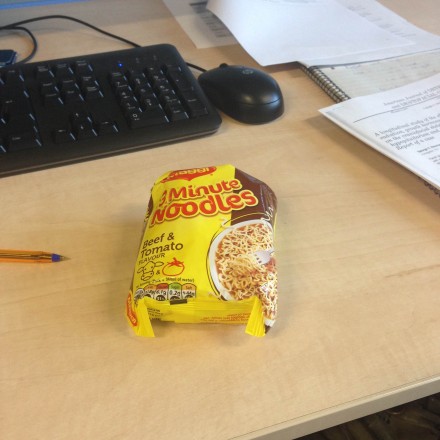
In addition to not being able to move in with the Queen, you have to cook your two minute noodles for three minutes here!
My job over here is as wonderful as I had hoped it would be. In addition to getting back in to the lab, I have been responsible for creating a website and social media for the project. I had been involved in a few website redesign projects (with Puratap and CRC CARE) previously, but starting from scratch opened my eyes to a different set of challenges and has been a great learning experience. You can check out our website, facebook and twitter if you want to follow where we are up to!
Sadly, working as the Scope Editor long distance has become a bit too challenging so I decided to hang up my hat. I have thoroughly enjoyed my time as the Editor of the ASC’s Scope newsletter. Thank you to everyone who has been of assistance along the way and made contributions. I am confident that you are in great hands with the new co-editors Tara and Jessica and that the newsletter will continue to grow and improve from here.
If you want to keep in touch and follow what’s happening over here don’t forget to look up the Origins of Bone and Cartilage disease project website, twitter and facebook, and Craniophiles blog, facebook and twitter.

